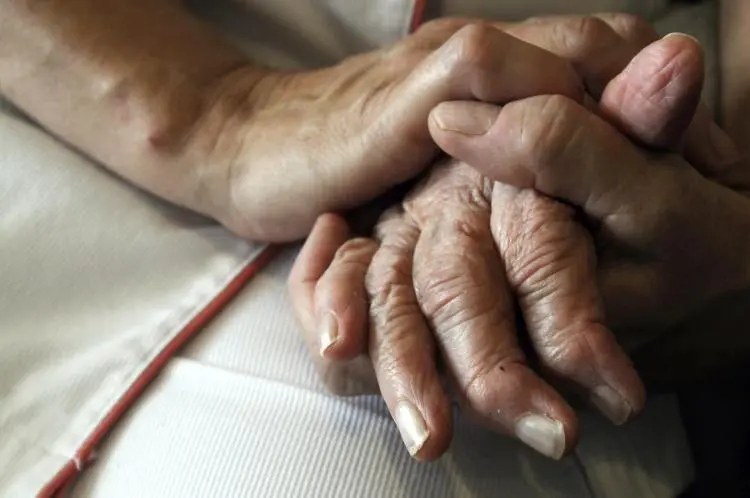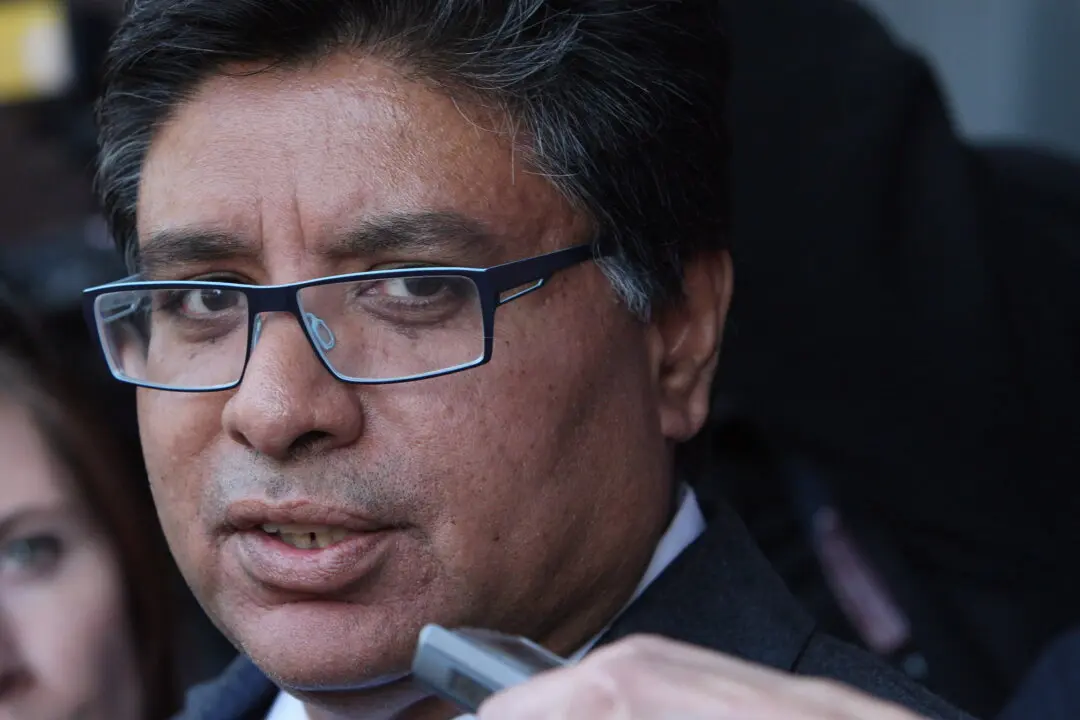Passengers at some Canadian airports can now pass through security without removing liquids or electronics from their carry-on baggage, due to the adoption of new screening technology.
The upgraded screening lines use 3D X-ray technology to detect explosives and other threats without requiring passengers to remove permitted liquids, aerosols, gels, laptops, or medical devices from their carry-on bags, the Canadian Air Transport Security Authority (CATSA) said in a Dec. 3 press release, announcing the latest rollout of the device at the Calgary airport (YYC).





